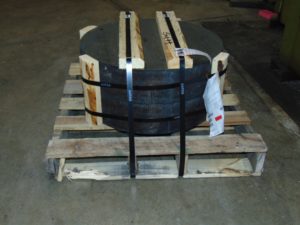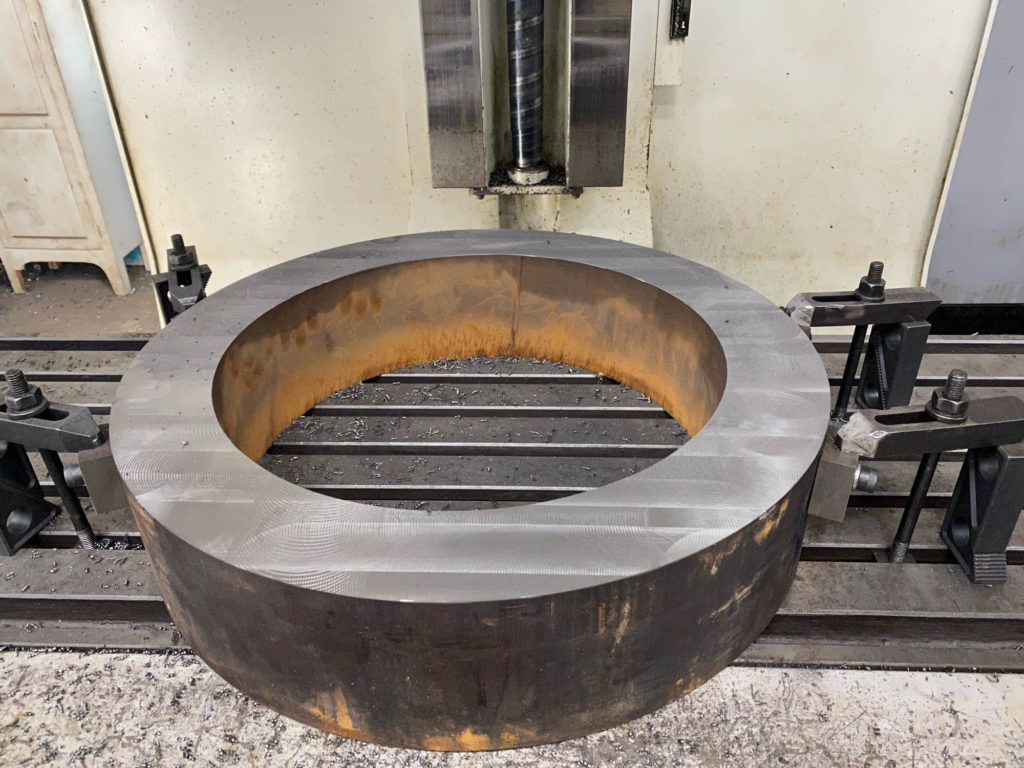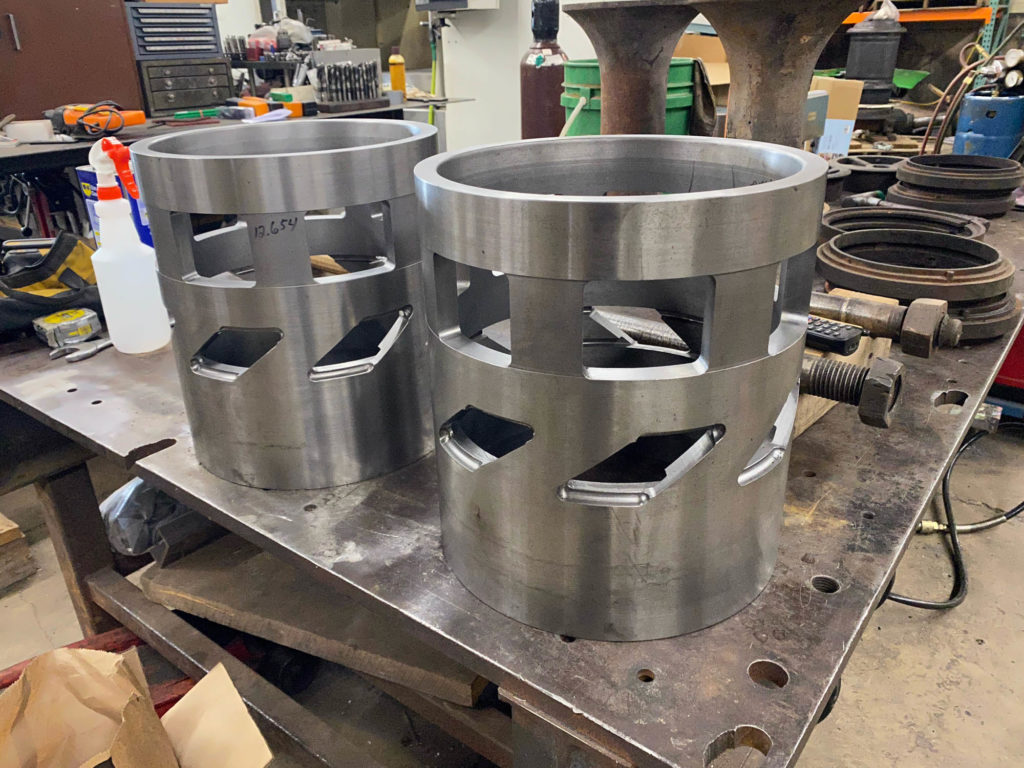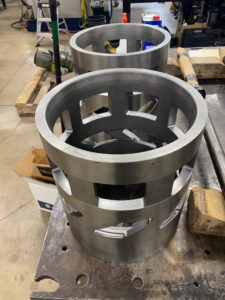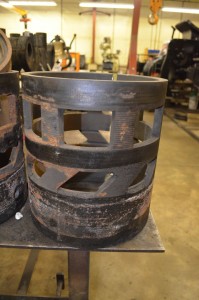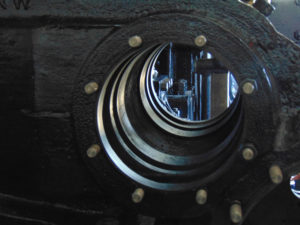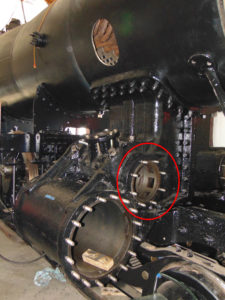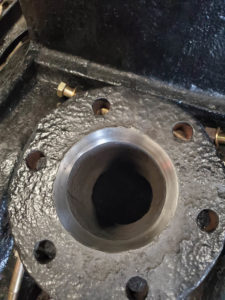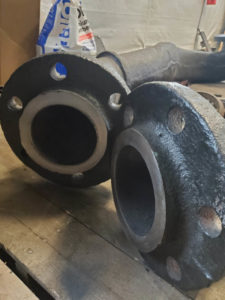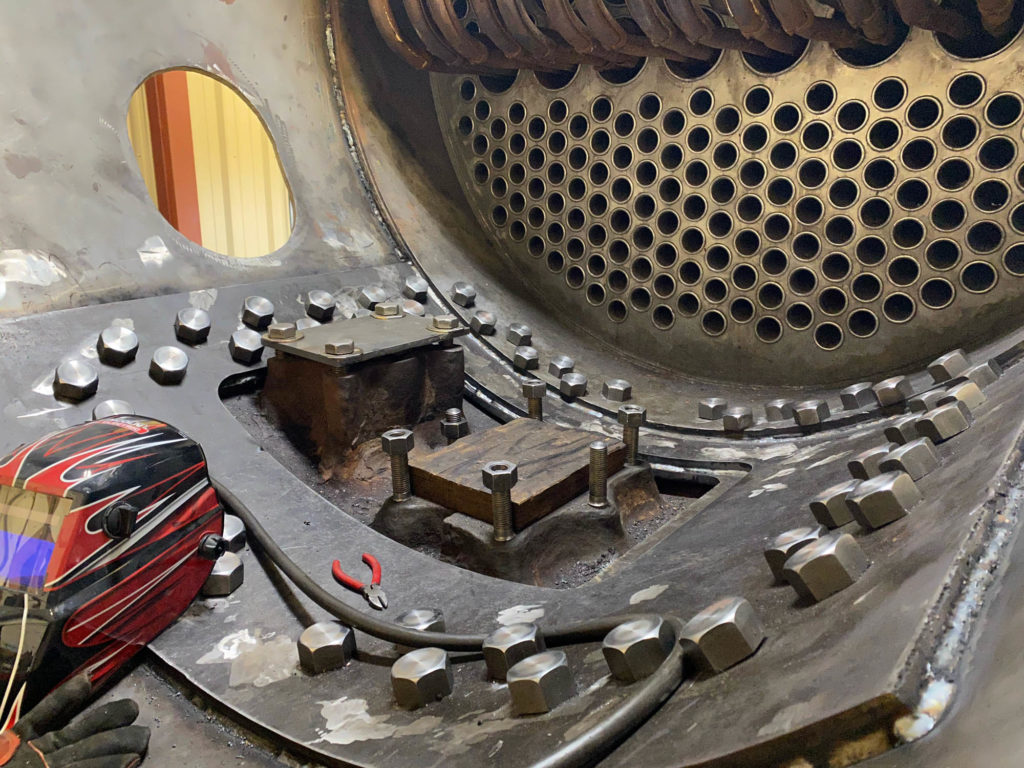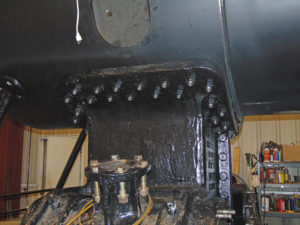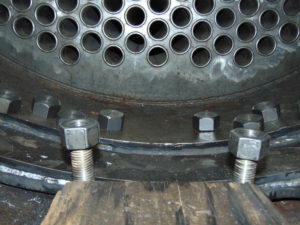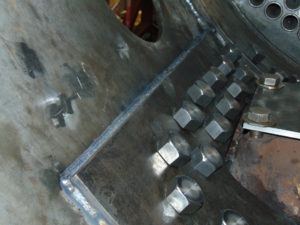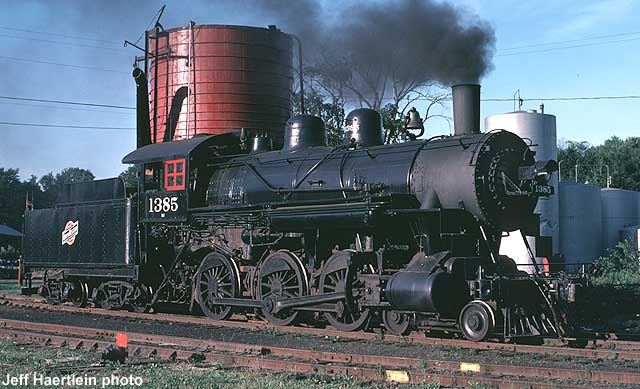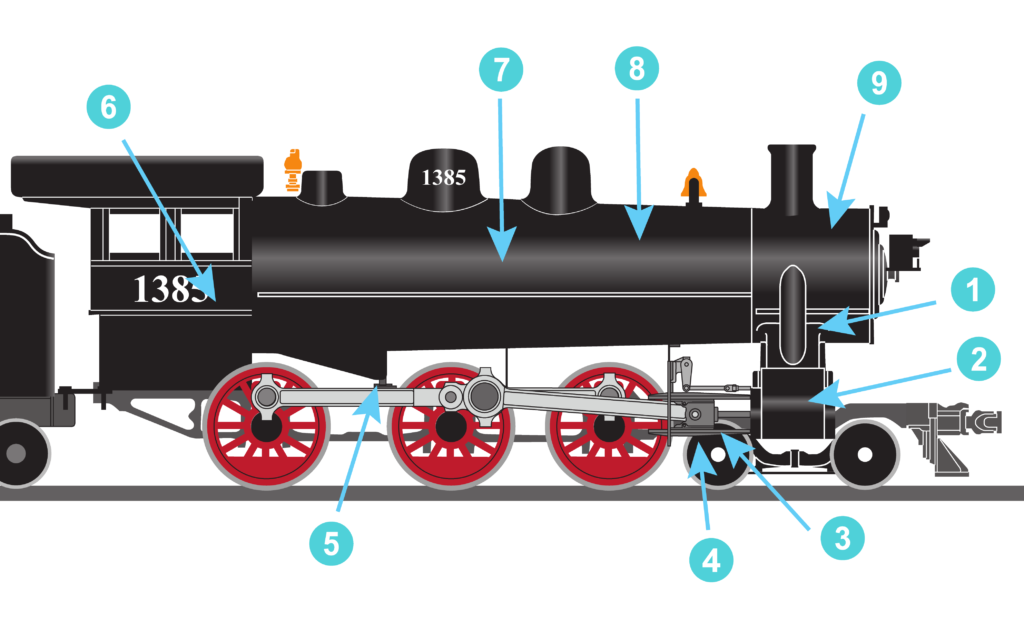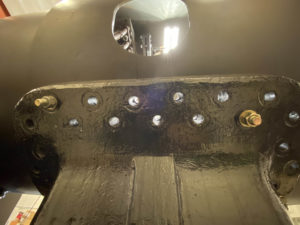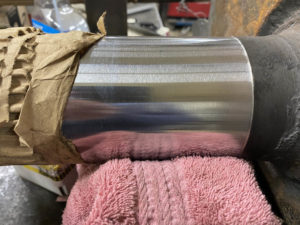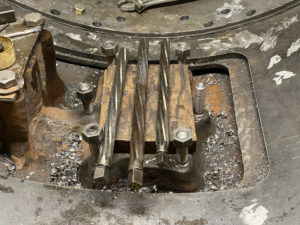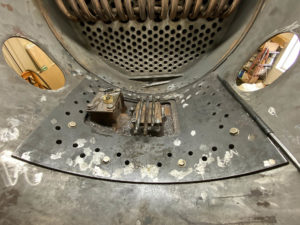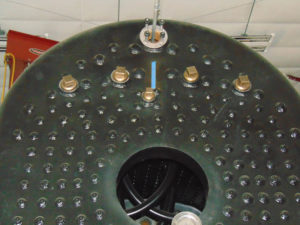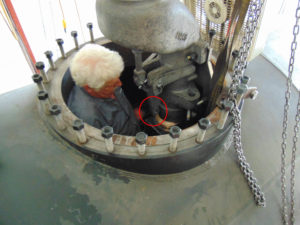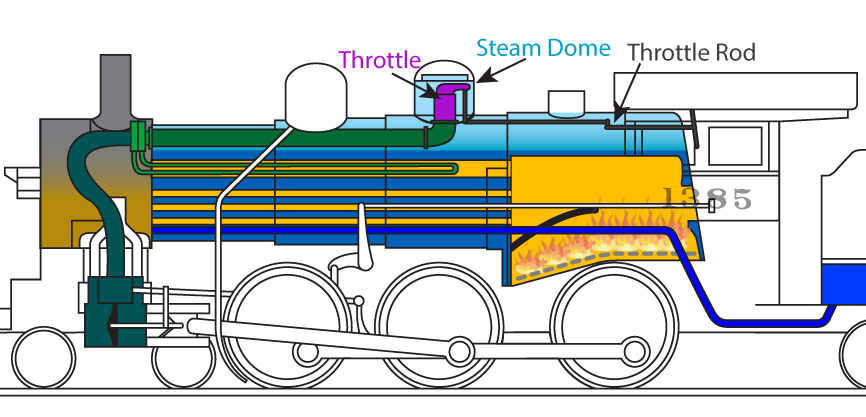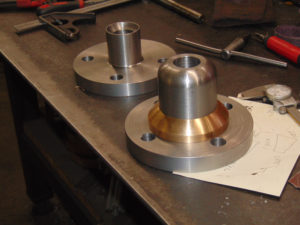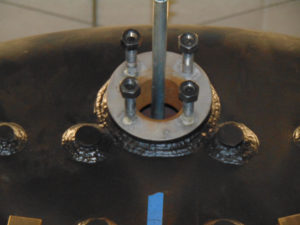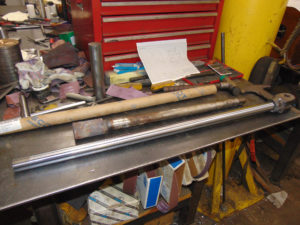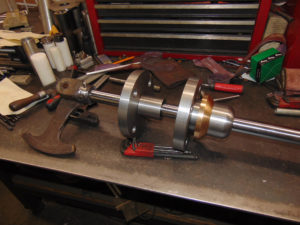SCHEDULE CHANGE NOTICE:
All ONBOARD DINING departures scheduled in May 2021 have been canceled. The affected departures include:
- May 8, 2021, 1:00 PM Pizza Train
- May 9, 2021, 10:30 AM Mother’s Day Brunch Train
- May 9, 2021, 1:00 PM Mother’s Day Brunch Train
These cancelations are being enacted by Mid-Continent Railway Museum to best comply with a recently-released Transportation Security Administration (TSA) directive aimed at reducing the transmission of the COVID-19 virus aboard railroad passenger trains and other forms of mass transit. After careful consideration, our Dining Services and Operating departments felt we would be unable to provide museum visitors aboard these trains the quality experience they paid for and deserve while also remaining compliant with the TSA directive.
We apologize for any inconvenience these cancelations cause. Customers already booked aboard the affected trains are being contacted individually and will be offered a full refund.
The cancelations do NOT affect Mid-Continent Railway Museum’s COACH TRAINS, which will continue to operate normally while observing social distancing and mask requirements.
The current TSA directive expires on May 11, 2021; however, it may be extended. In the event the directive is extended, additional changes to Mid-Continent’s onboard dining train schedule may occur.


